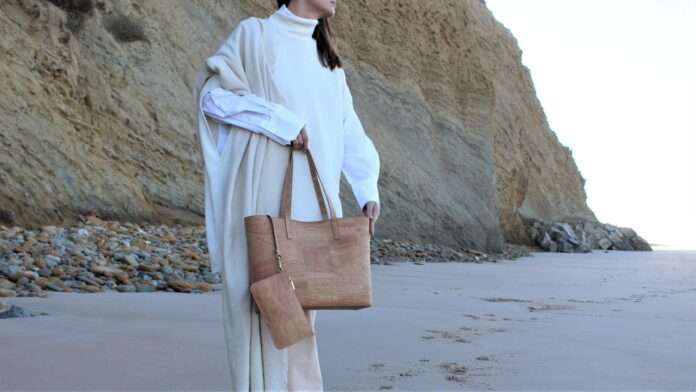Renewable, resilient, and versatile: more cork fabric is just what fashion needs.
In a small Portuguese village, one tree has been standing for more than 230 years. Its official name is Sobreiro Monumental, but it’s also known as The Whistler. And since it was planted in the late 1700s, it has provided the world with thousands of pounds of cork.
As you may have guessed, The Whistler is a cork oak tree. And while it is just one of many in Portugal, the world’s biggest producer of cork, it is, by far, the most fruitful. In 1991, its harvest provided enough cork for 100,000 wine stoppers. But that said, The Whistler’s durability isn’t unique. All cork oak trees can survive multiple harvests and still remain standing. And this is what makes cork one of the most sustainable materials in the world.
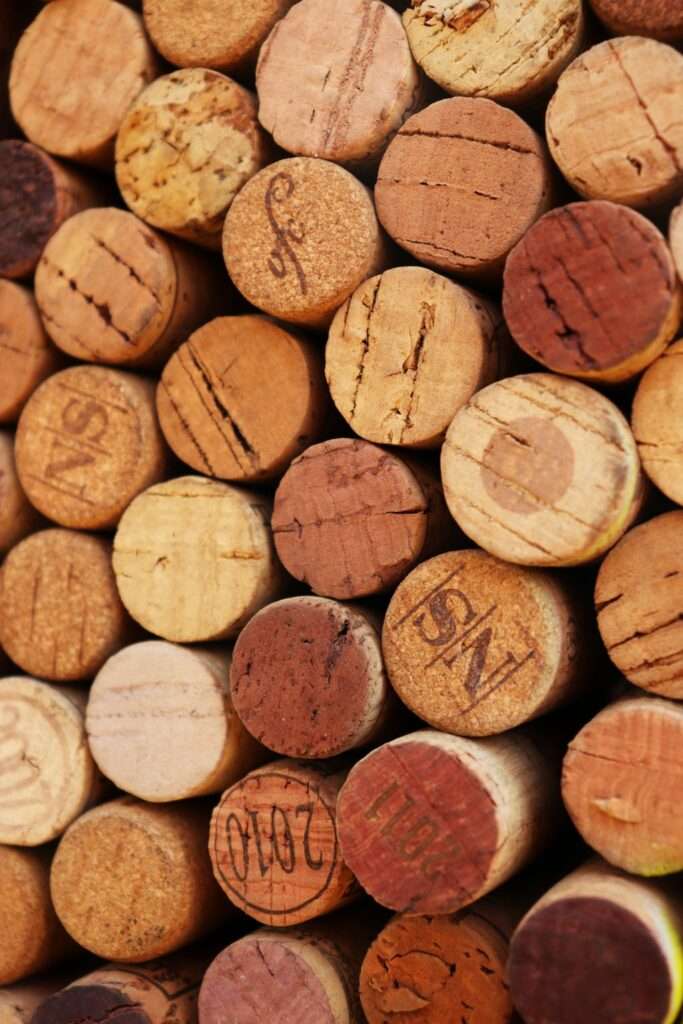
Cork has many uses. It is, of course, a favorite of the wine industry, and it can also be used in buildings, furniture, and insulation. But cork can also be used to make fabrics, which makes it a more eco-friendly leather alternative in the fashion industry. Here, we take a look at how cork fabric is made, which brands are using it and how, and why the inherent sustainability of the material needs protecting.
How is cork fabric made?
Before cork can be processed, first it must be harvested. According to the Cork Insitute of America, the outer bark of the tree is stripped carefully by hand, without the assistance of any mechanical devices, using a cork axe. After that, the tree will start to grow back the outer layer, which means it can be harvested again at a later date.

APCOR, the Portuguese cork association, notes that it takes roughly 25 years before a cork oak can be used in harvesting. After that, it will keep growing cork for more than a century.
After the cork has been carefully extracted from the tree, it is left to dry outside for six months. To turn it into fabric, it is then boiled and steamed before it is pressed into blocks and sliced into thin sheets. This process, which doesn’t require the use of any heavy chemicals, is the basis of cork leather.
What is cork fabric used for?
Because it is versatile and durable, cork is being increasingly used in the fashion industry as a leather alternative. It makes up part of the bio-based leather market, which also includes mushroom and pineapple leather, and is steadily growing.
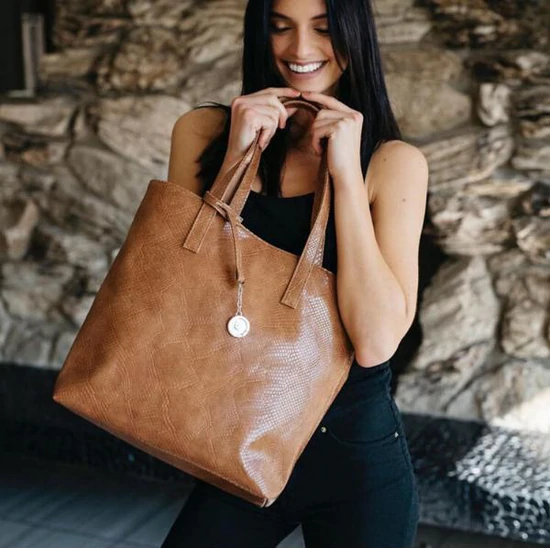
It can be used to make a number of accessories, like wallets and bags, as well as sandals and shoes. Brands like South Africa-based Reefer Shoes, Spain’s Bullfeet, and even footwear giant Nike offer cork sneakers. Brands like the Cork Company, which is based in Brighton, offer a wide range of cork accessories, from backpacks to belts.
Is cork fabric sustainable?
Cork is naturally sustainable. It’s not particularly resource-intensive, plus it’s biodegradable and easy to recycle. And, as established, it also doesn’t require any deforestation.
This is in contrast to other wood-based materials, which need trees to be felled before the bark can be used. This is not only destructive for wildlife, but it also emits carbon and accelerates climate change. Trees sequester carbon as they grow, so when forests are destroyed, this is released into the atmosphere.
But when it comes to cork oak, harvesting actually boosts its ability to sequester carbon. According to CO2negative, this is because to grow the cork back, the tree needs more energy from carbon dioxide. This means that just one cork forest can absorb 70 tons of CO2 for every ton harvested.
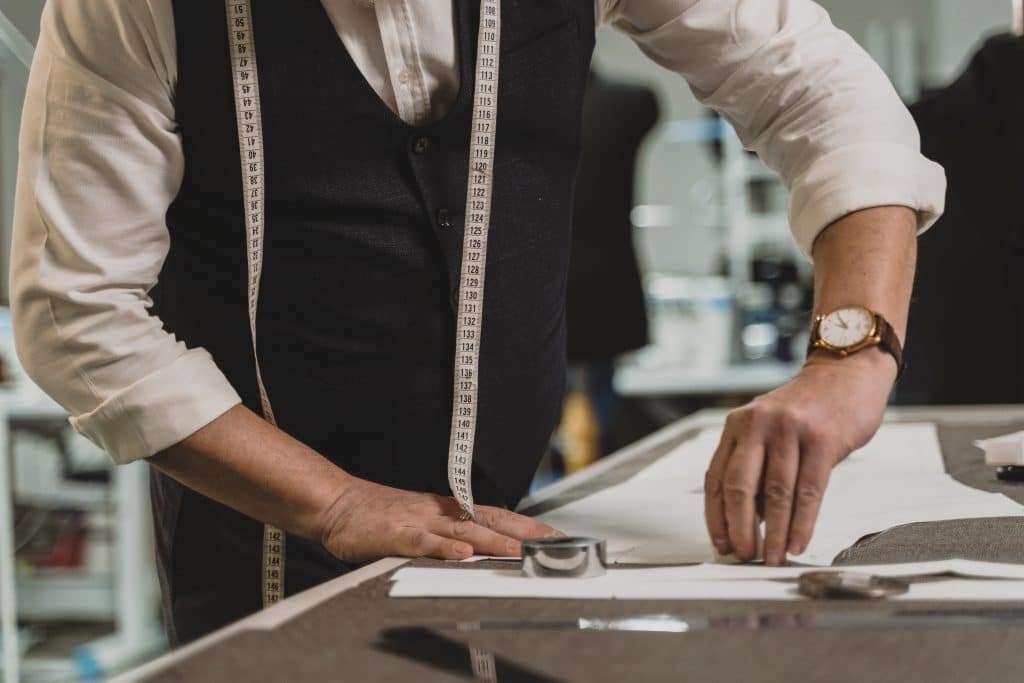
But cork fabric isn’t perfect. Or rather, the fashion industry isn’t perfect. If brands don’t use cork responsibly, combining it with toxic dyes or plastic-derived synthetic backings can reduce a garment’s sustainability credentials, even if it is cork based.
On the whole, however, there is no denying that cork fabric is far better for the planet than its cow-derived alternative.
The leather industry drives deforestation and emissions because it’s a big part of animal agriculture. According to the United Nations, global livestock emits 14.5 percent of global emissions. Cows, in particular, are a leading emitter of methane, a potent greenhouse gas that they produce when they belch.
Cork threats
Animal agriculture is also threatening the survival of the cork industry itself. According to one study published in 2019, Portuguese Montado landscapes, which are comprised of cork oak and holm oak trees and span one million hectares, are threatened by intensified agricultural activities, particularly cattle overgrazing.
But if left alone, cork oak forests offer a hopeful way forward for many industries. They are not only sustainable but resilient. They can withstand a certain amount of fire, for example, which is important, because, as the temperature heats up, Portugal is experiencing more intense wildfires than ever.
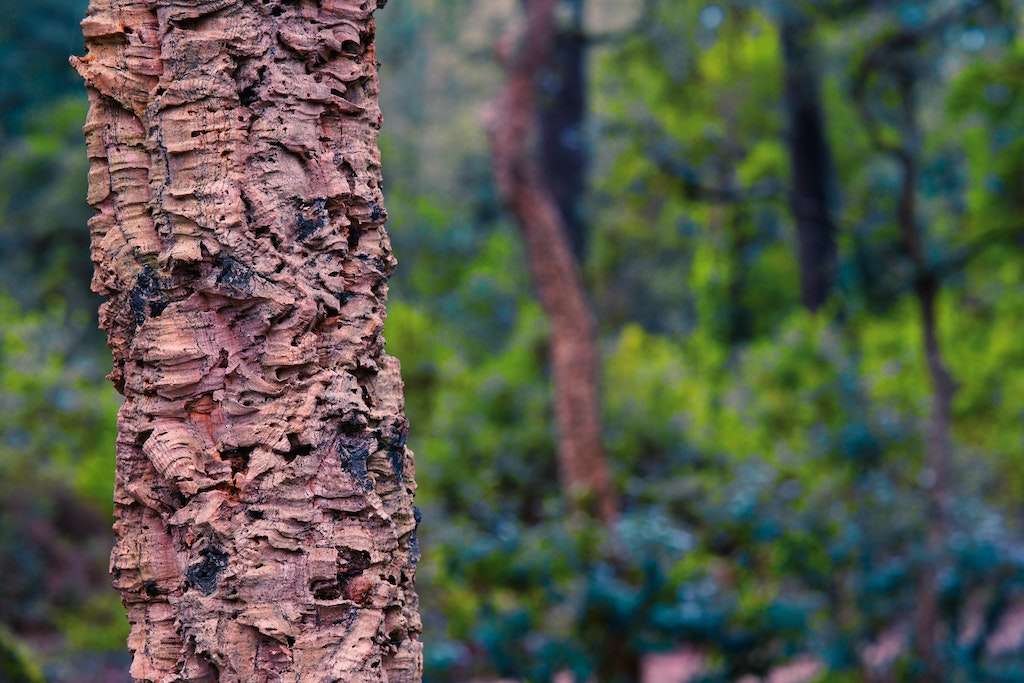
In the Portugal Resident, one writer describes witnessing some cork oaks “burnt down to the roots” amid a wildfire in the summer of 2020. But, though damaged, the ones that were left standing could regenerate their bark. And the ones that were gone could be replaced, although, it’s worth reiterating, it takes more than two decades for a tree to produce cork.
The Rainforest Alliance also notes that another threat to cork is falling demand, as more companies opt for alternative wine stoppers, for example. It seems counterproductive, but if cork isn’t harvested and used in industry, forests aren’t as likely to receive as much protection and conservation.
But, despite this, the natural resource is still available in abundance. There are more than 2.1 million hectares of cork oak forests in the Western Mediterranean basin, and they are also found in northern Africa, Morocco, Algeria, and Tunisia. It is, undeniably, one of the most sustainable materials available to the fashion industry, which is in a prime position to swoop in and boost demand for the resource. Plus, it looks pretty stylish, too.
Related on Ethos:

